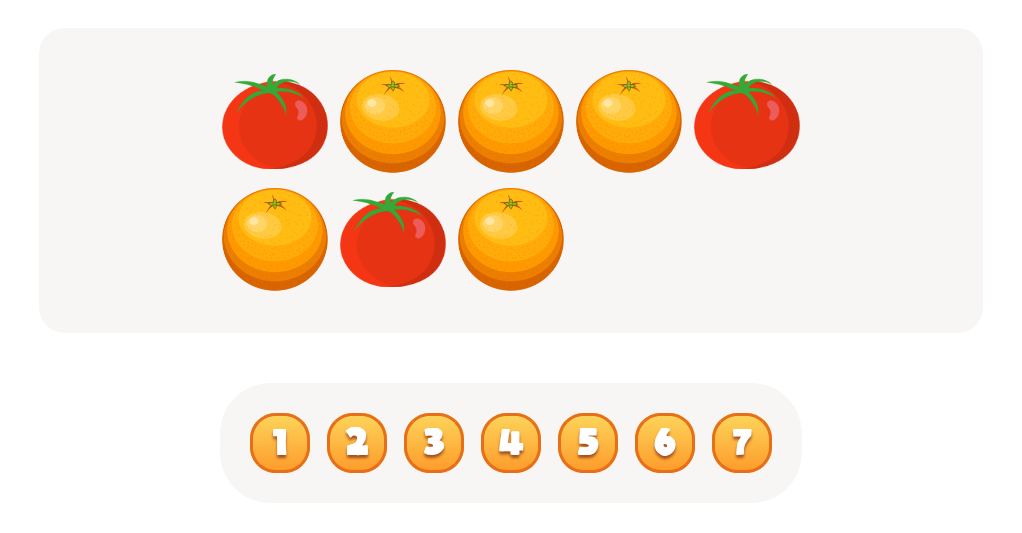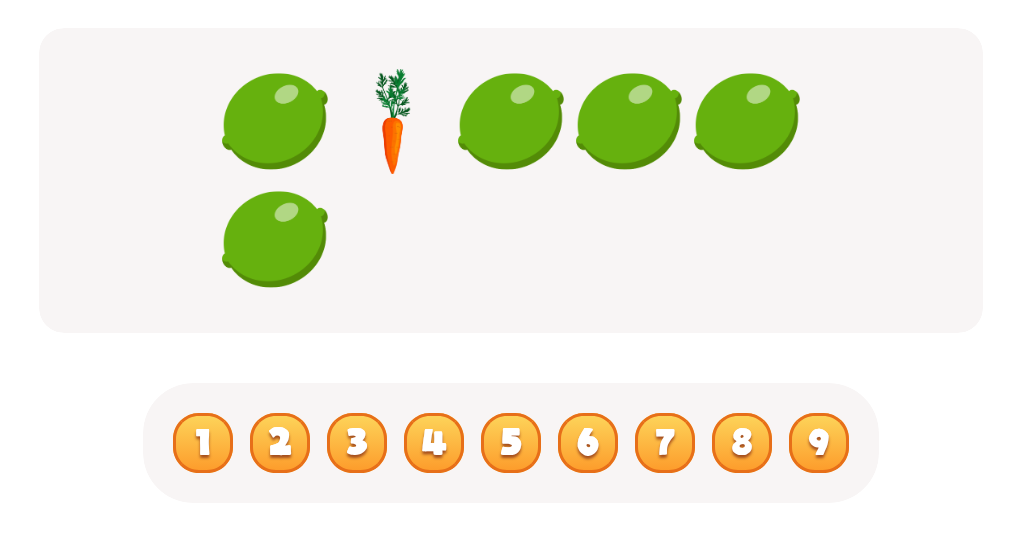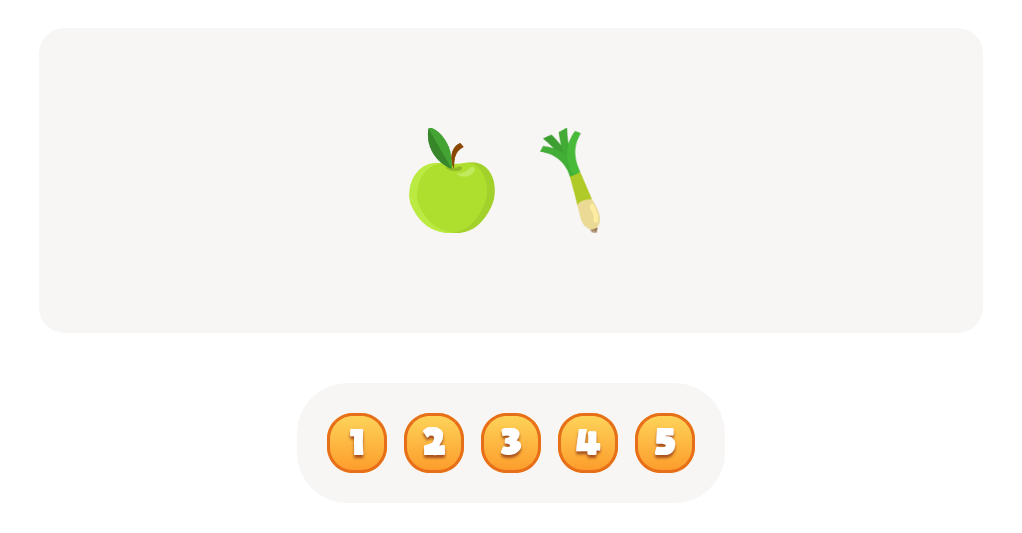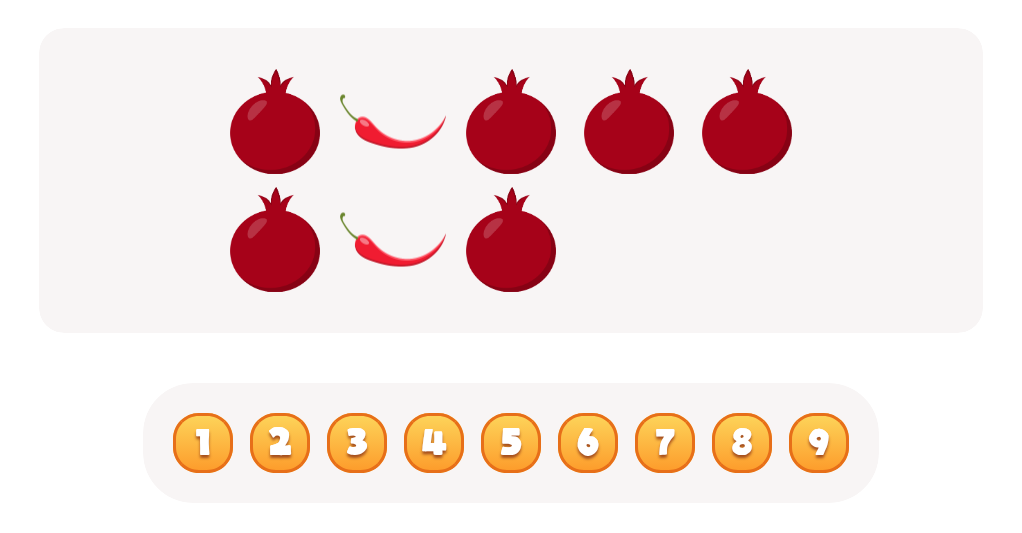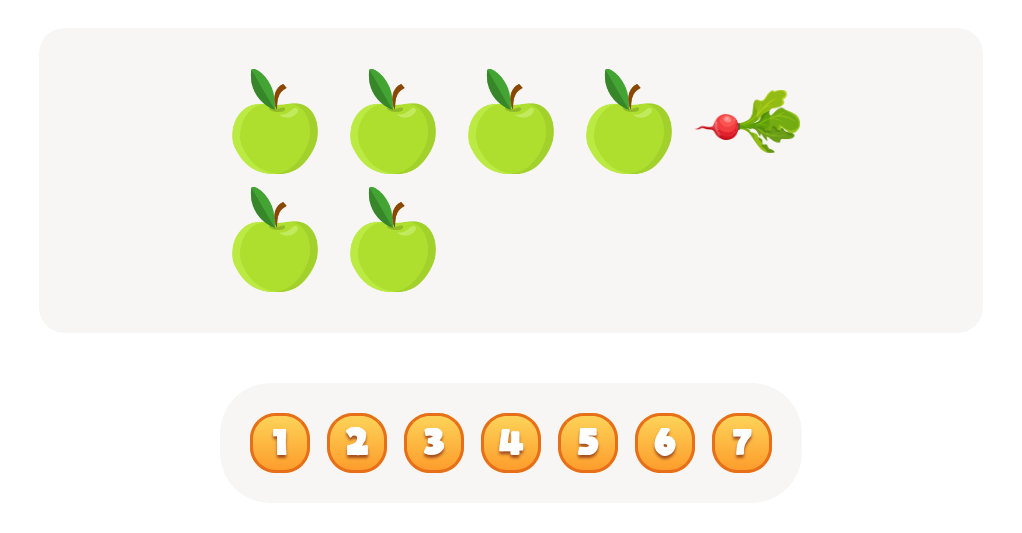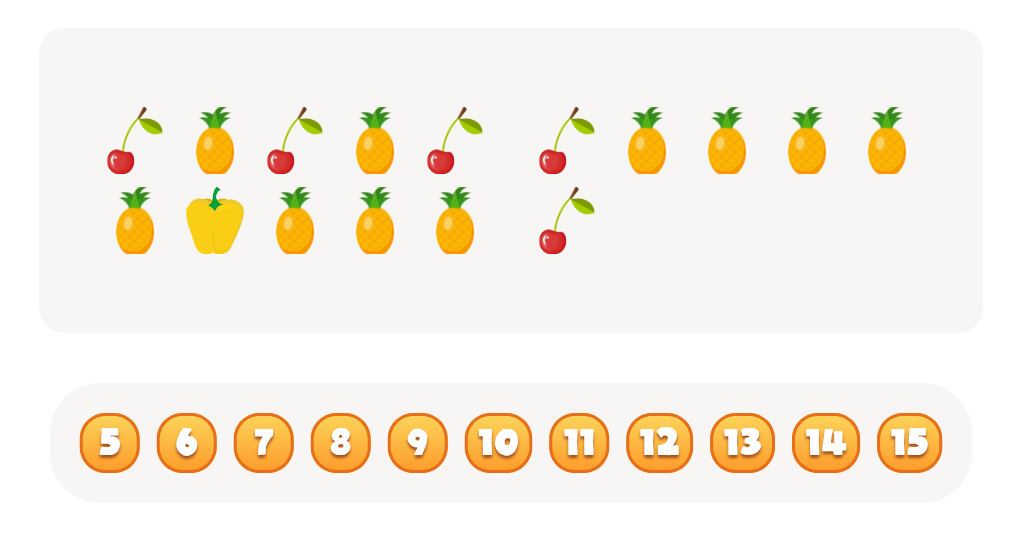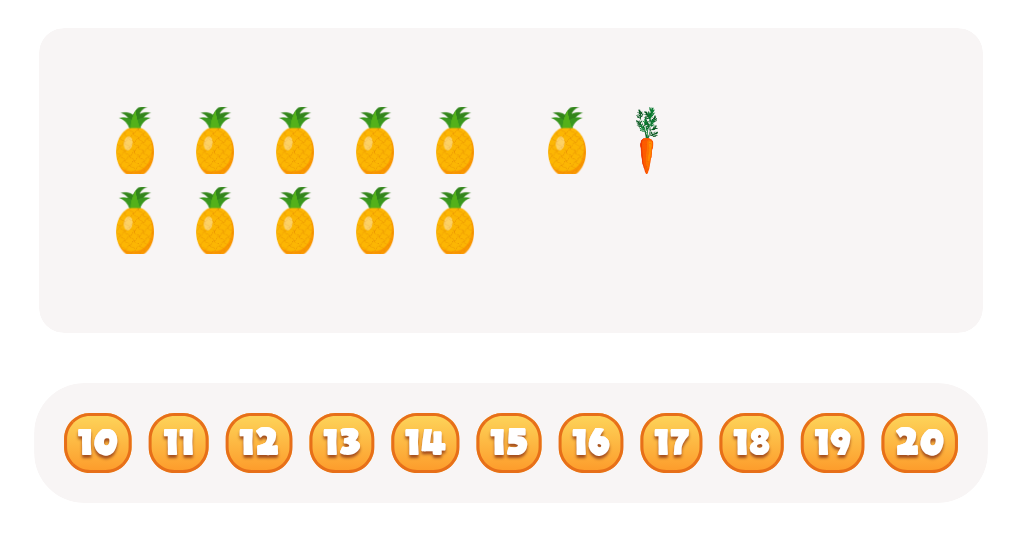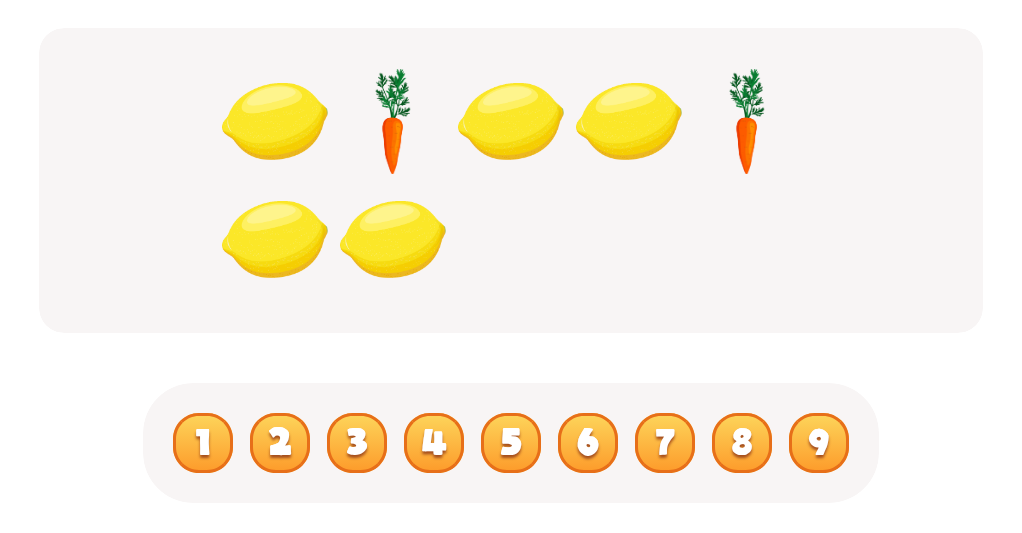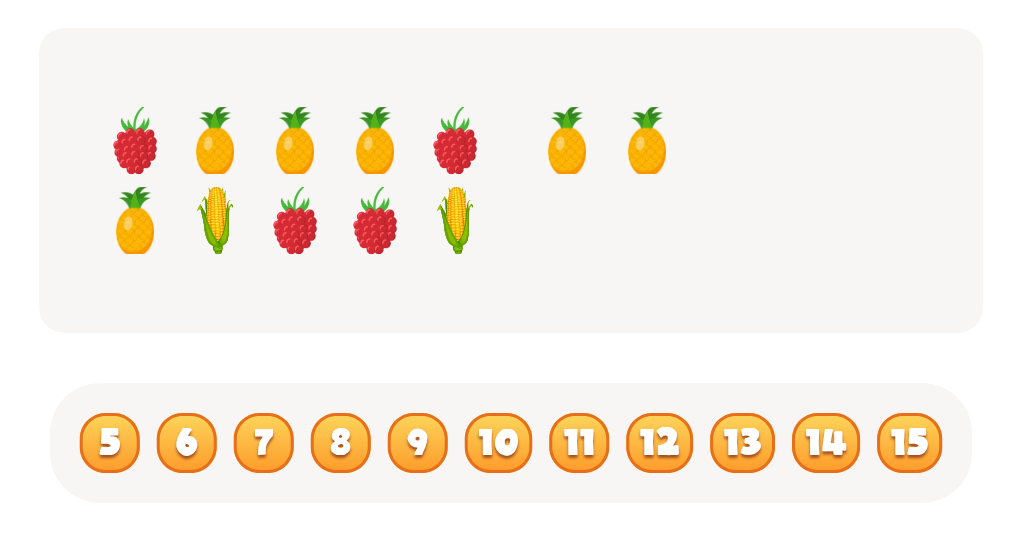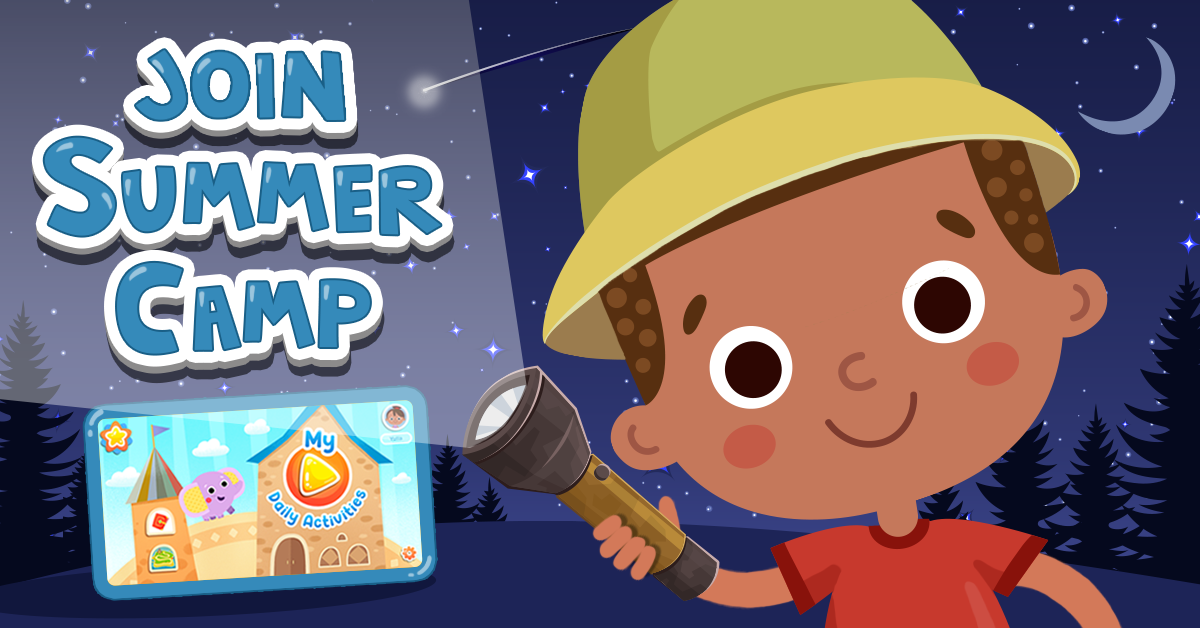Critical Thinking Plants and Animals Worksheets for Ages 5-9
13 filtered results
-
From - To
Enhance young minds with our "Critical Thinking Plants and Animals Worksheets" tailored for ages 5-9. Each engaging worksheet blends science and critical thinking, helping children explore the fascinating world of plants and animals. Designed to foster analytical skills, these activities encourage curiosity and problem-solving as kids learn about diverse species, their habitats, and lifecycles. Perfect for classroom or home learning, our worksheets provide a fun, educational experience that captivates young learners while building a strong scientific foundation. Cultivate a love of nature and sharpen essential thinking skills with our expertly crafted resources.
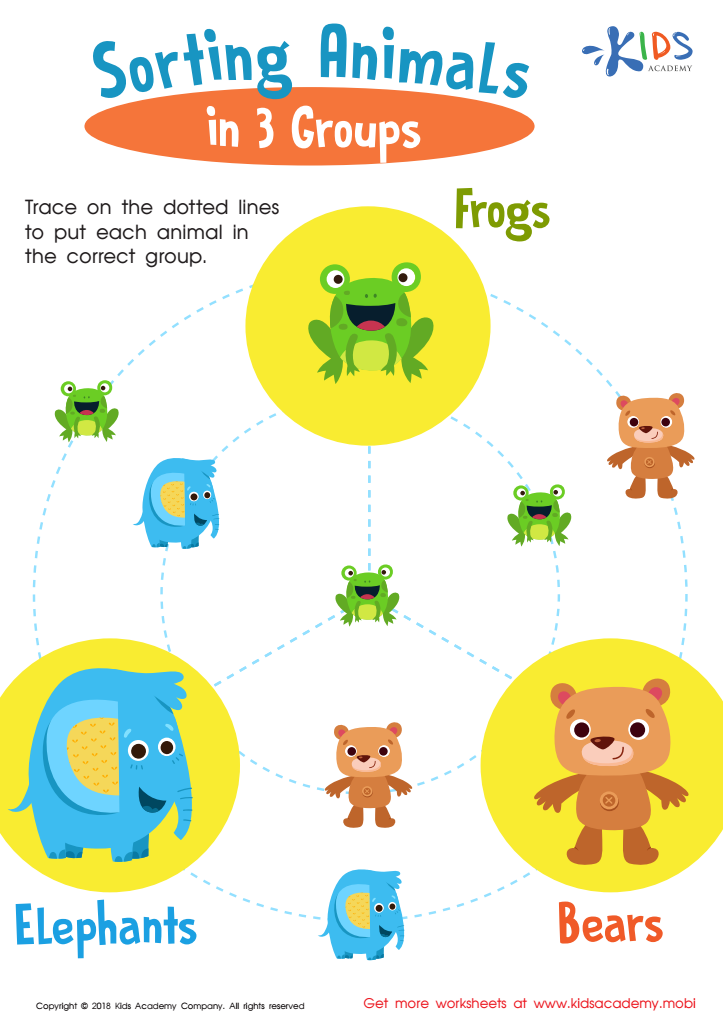

Sorting Animals in 3 Groups Worksheet
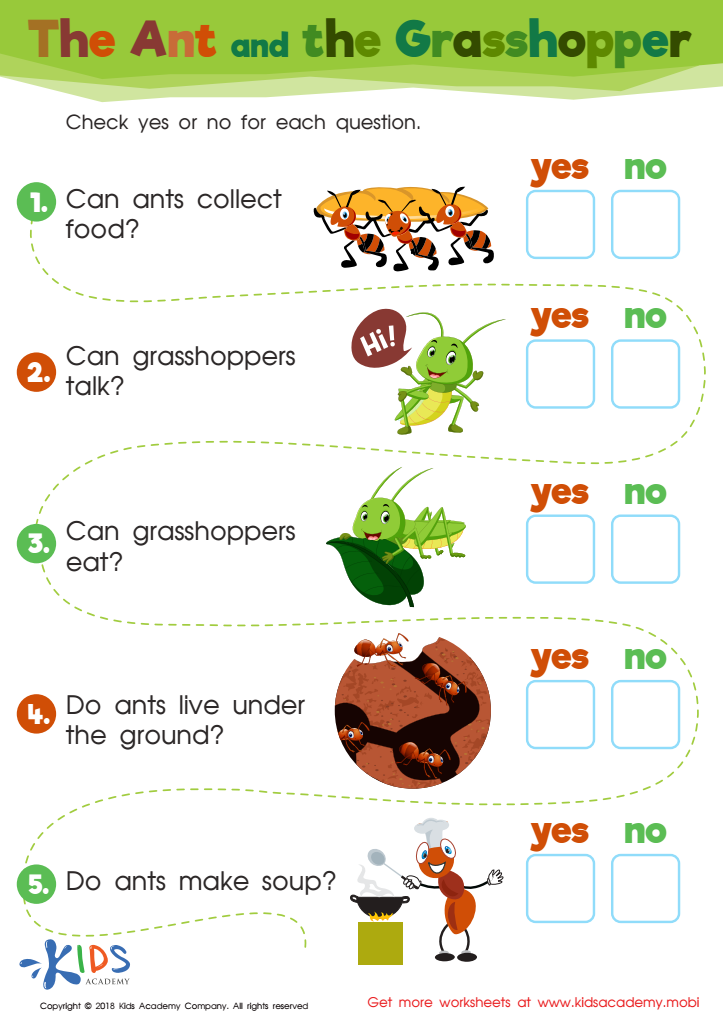

The Ant and The Grasshopper Worksheet
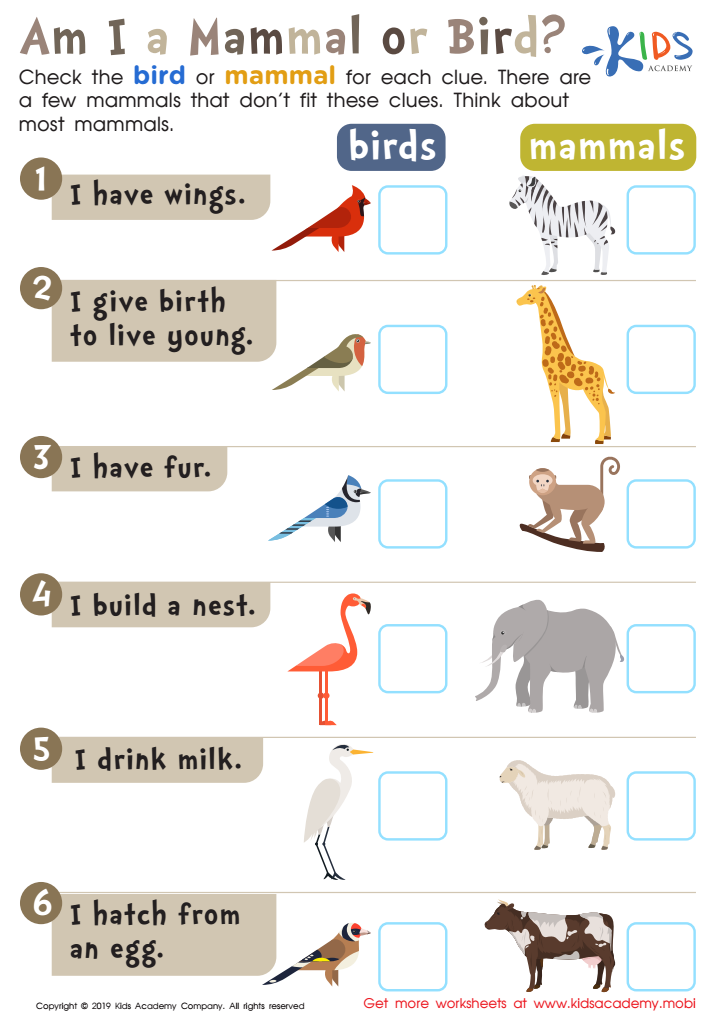

Am I a Mammal or Bird? Worksheet
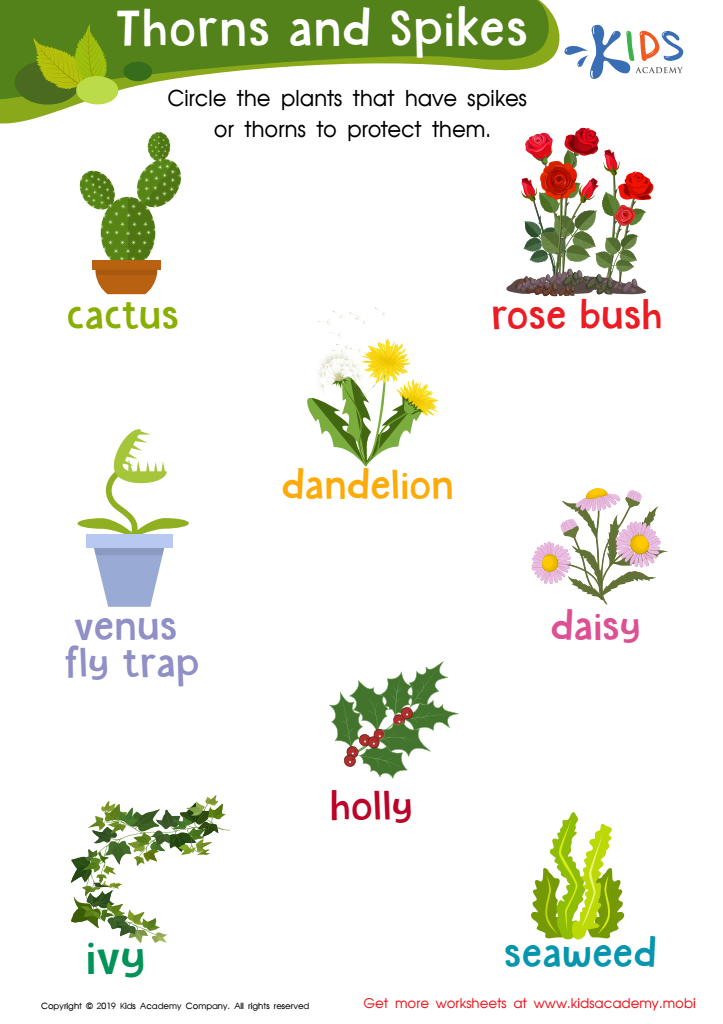

Thorns and Spikes Worksheet
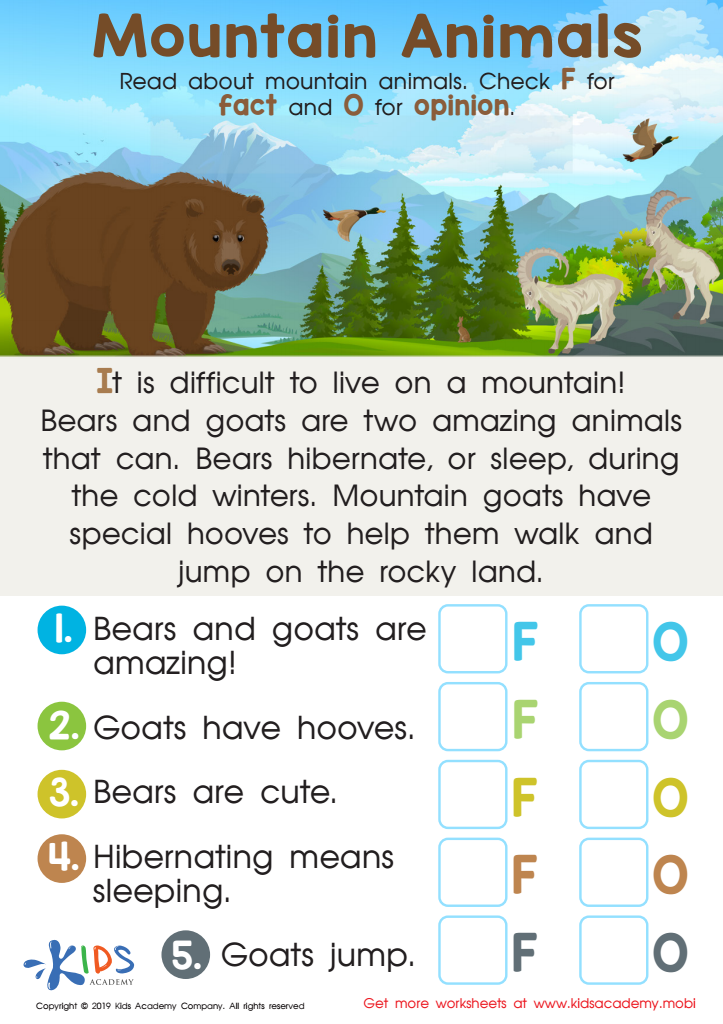

Mountain Animals Worksheet
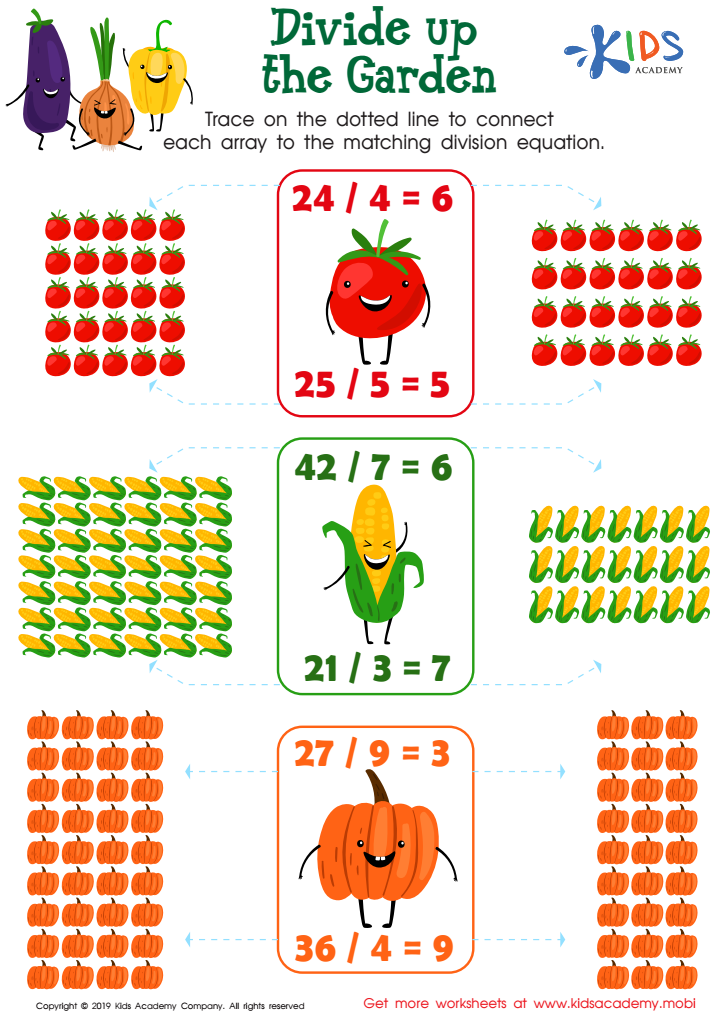

Divide up the Garden Worksheet
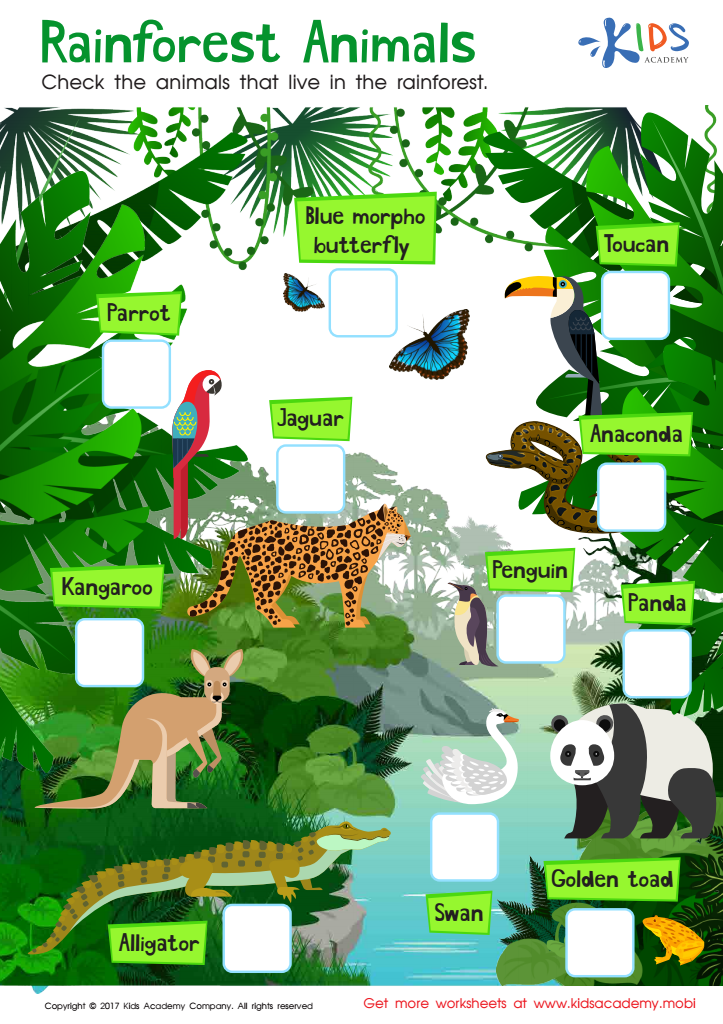

Rainforest Animals Worksheet
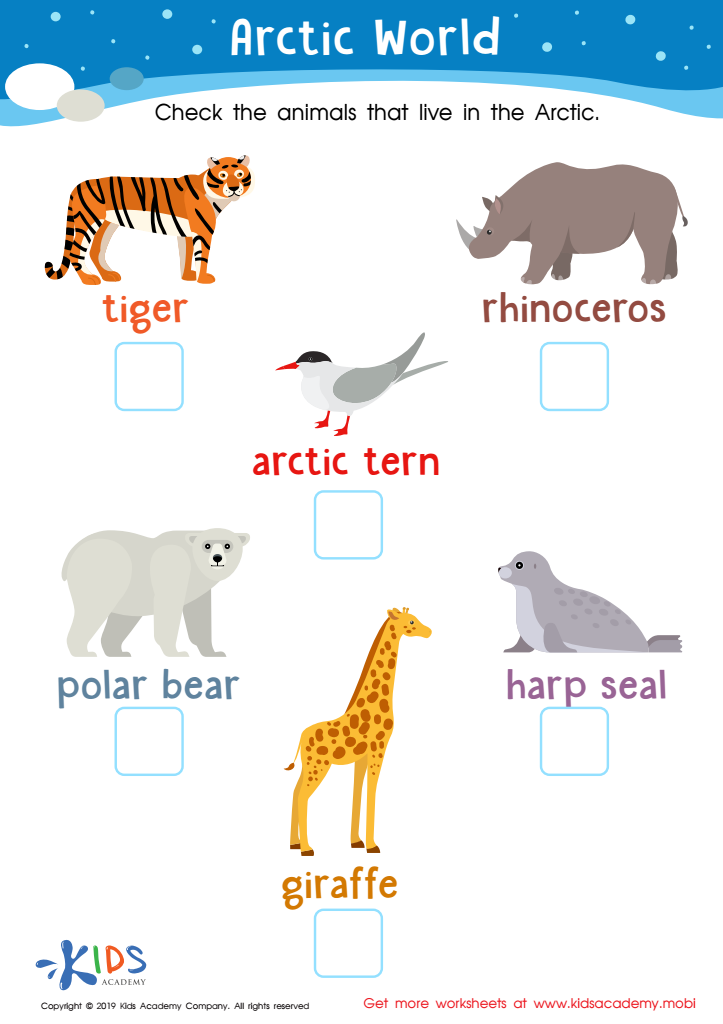

Arctic World Worksheet
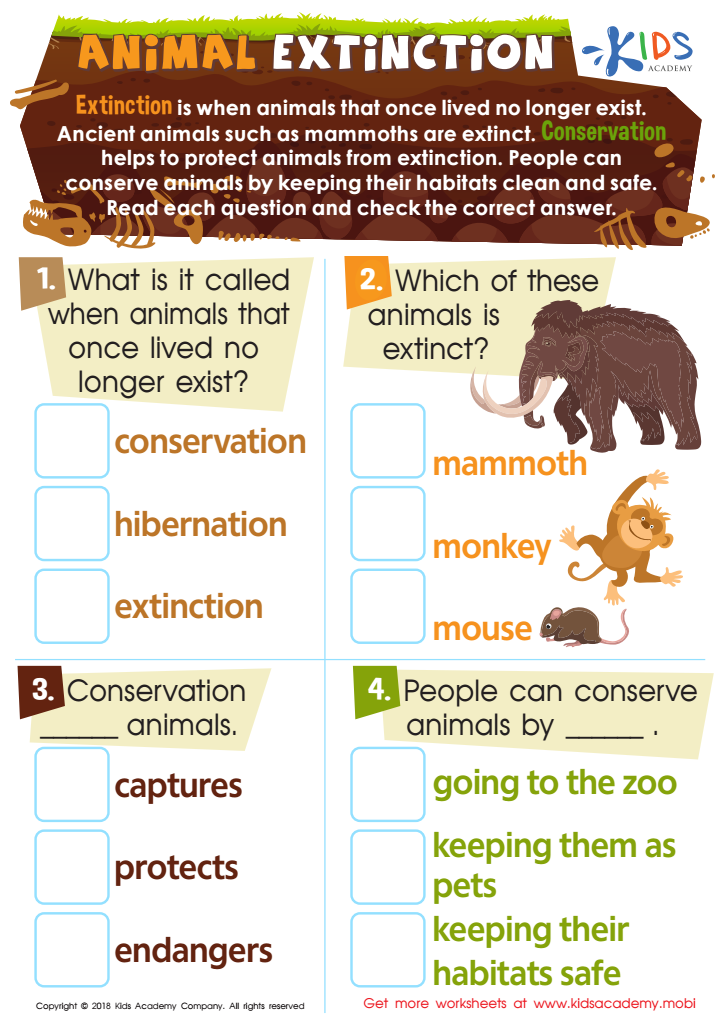

Animal Extinction Worksheet
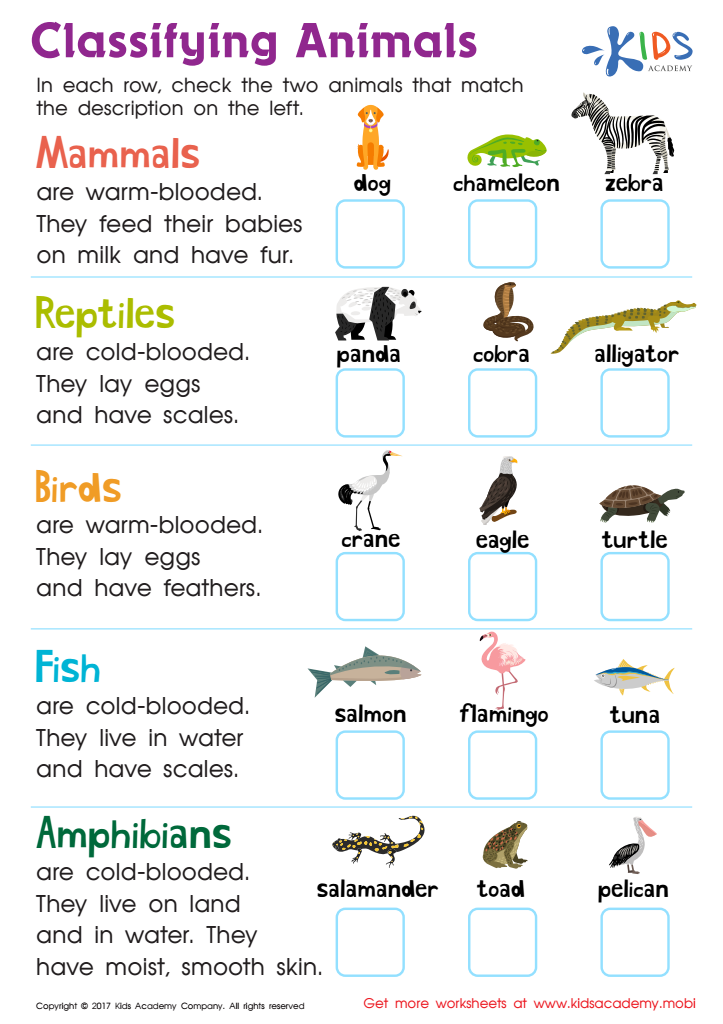

Classifying Animals Worksheet
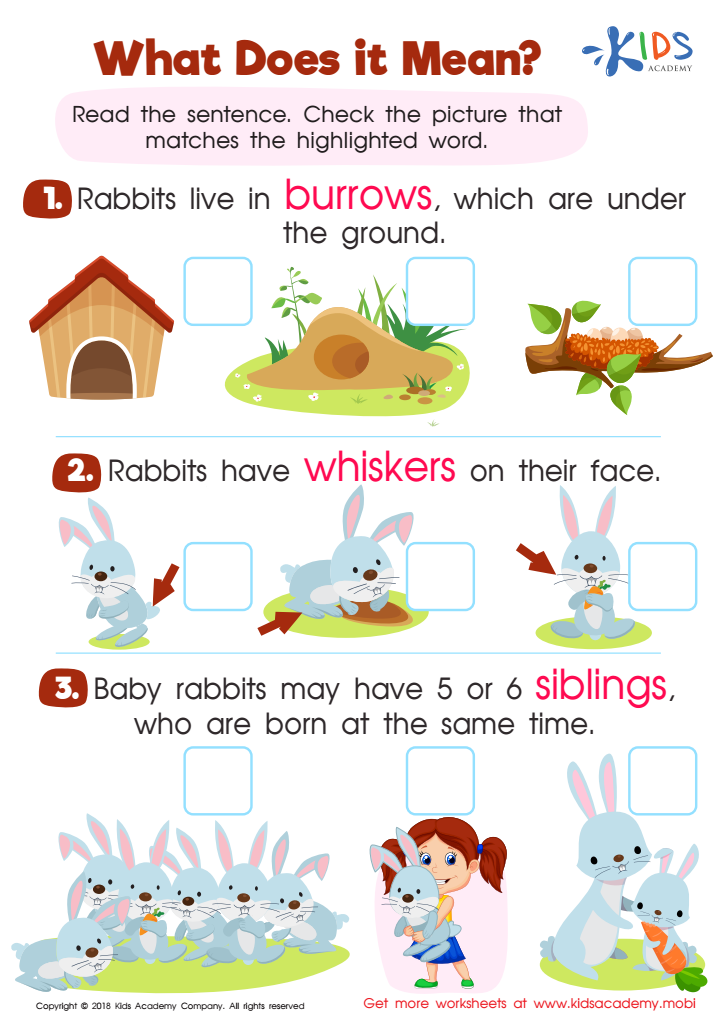

What Does It Mean? Worksheet
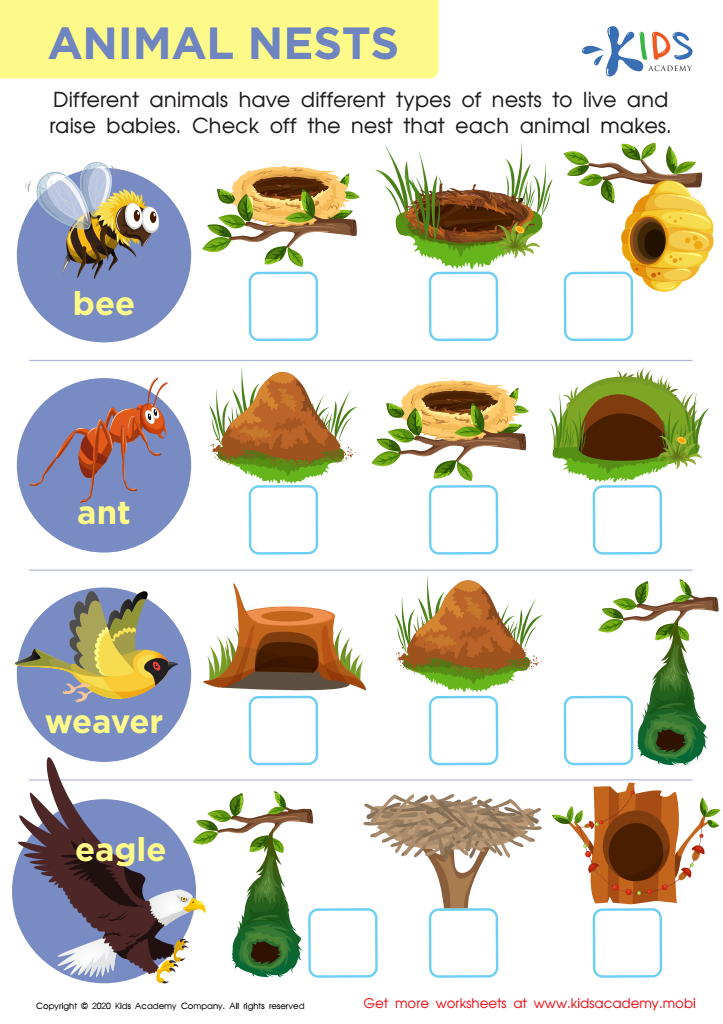

Animal Nests Worksheet


Assessment: Aquarium Sign Worksheet
Introducing critical thinking about plants and animals to children aged 5-9 is essential for their holistic development and understanding of the world. At this formative stage, children's brains are highly receptive to new information, making it an ideal time to foster curiosity and problem-solving skills. Engaging with the natural world and thinking critically about it helps kids develop observational skills, which are foundational to scientific literacy.
Parents and teachers who emphasize critical thinking in this context empower children to question, explore, and make connections. This not only enhances their cognitive skills but also fosters a sense of empathy and stewardship for the environment. For example, understanding ecosystems, animal behaviors, and plant life cycles helps them appreciate the delicate balance in nature, cultivating responsible future citizens invested in sustainability.
Moreover, discussing these topics can improve language skills as children articulate their thoughts and learn new vocabulary. Collaborative activities such as group projects or discussions also promote social skills, as kids learn to listen, share, and respect different perspectives.
Ultimately, nurturing critical thinking about plants and animals doesn't just educate children about biology; it equips them with lifelong skills, a sense of responsibility, and a passion for learning that extends far beyond the classroom.

 Assign to My Students
Assign to My Students

